The Ultimate Guide To Companion Planting For Green Beans
The Ultimate Guide to Companion Planting for Green Beans
Green beans are a versatile and delicious vegetable that can be enjoyed in a variety of dishes. They are also relatively easy to grow, making them a great choice for beginner gardeners.
One way to improve the growth and yield of your green beans is to practice companion planting. Companion planting is the practice of planting certain types of plants together in order to benefit each other. Some plants attract beneficial insects, while others help to repel pests. Some plants improve the soil quality, while others provide shade or support.
There are many different companion plants that can be beneficial for green beans. Some of the best include:
- Basil: Basil is a natural insect repellent that can help to keep pests away from your green beans. It also improves the flavor of the beans.
- Carrots: Carrots help to deter the carrot rust fly, a common pest of carrots. They also help to improve the soil quality, which can benefit the growth of green beans.
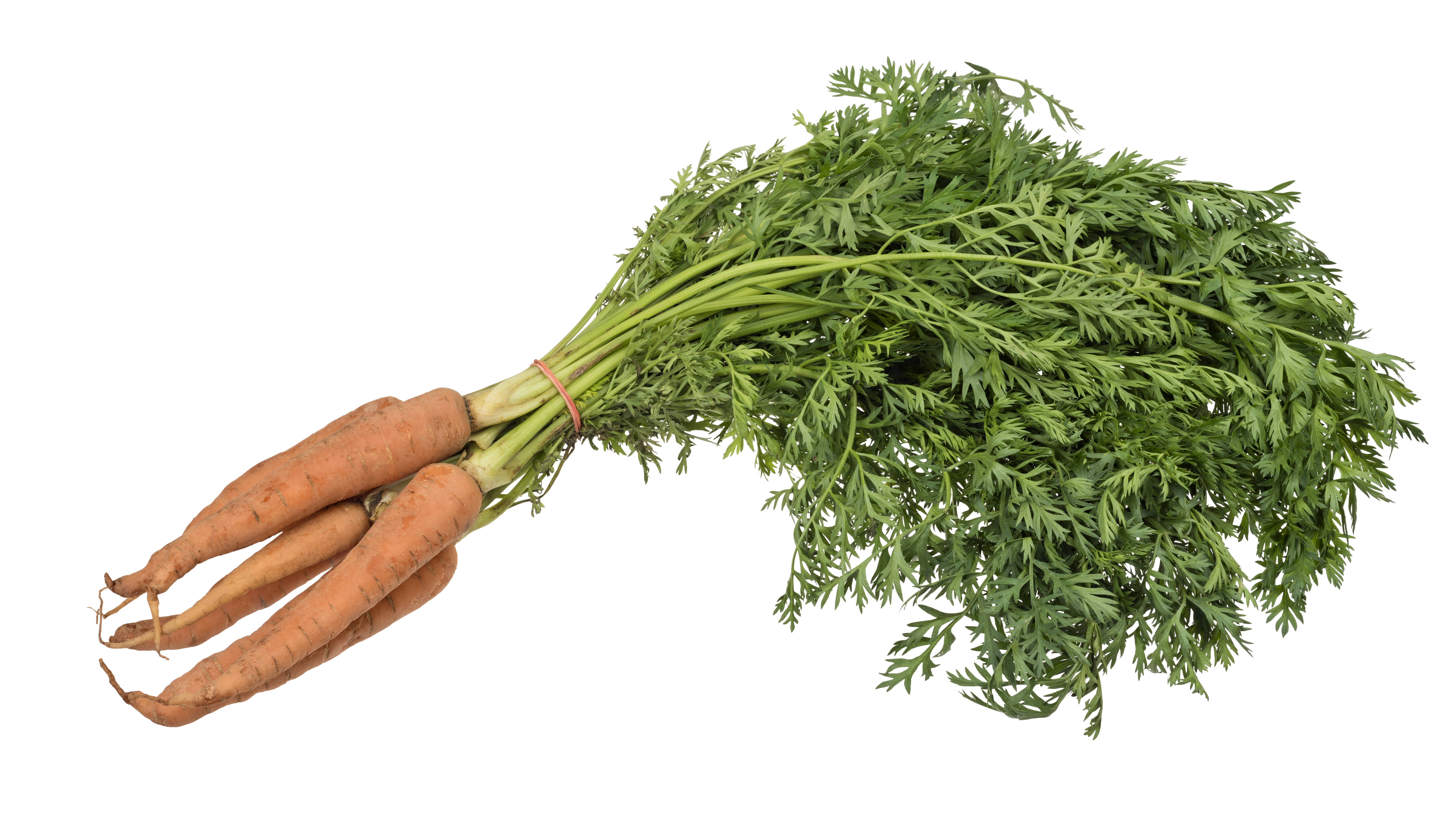
- Cucumbers: Cucumbers and green beans are both heavy feeders, so they benefit from being planted together. They also help to shade each other from the sun, which can help to prevent the leaves of both plants from burning.

- Lettuce: Lettuce helps to suppress weeds and improve the soil quality. It also provides shade for the roots of green beans, which can help to prevent them from drying out.
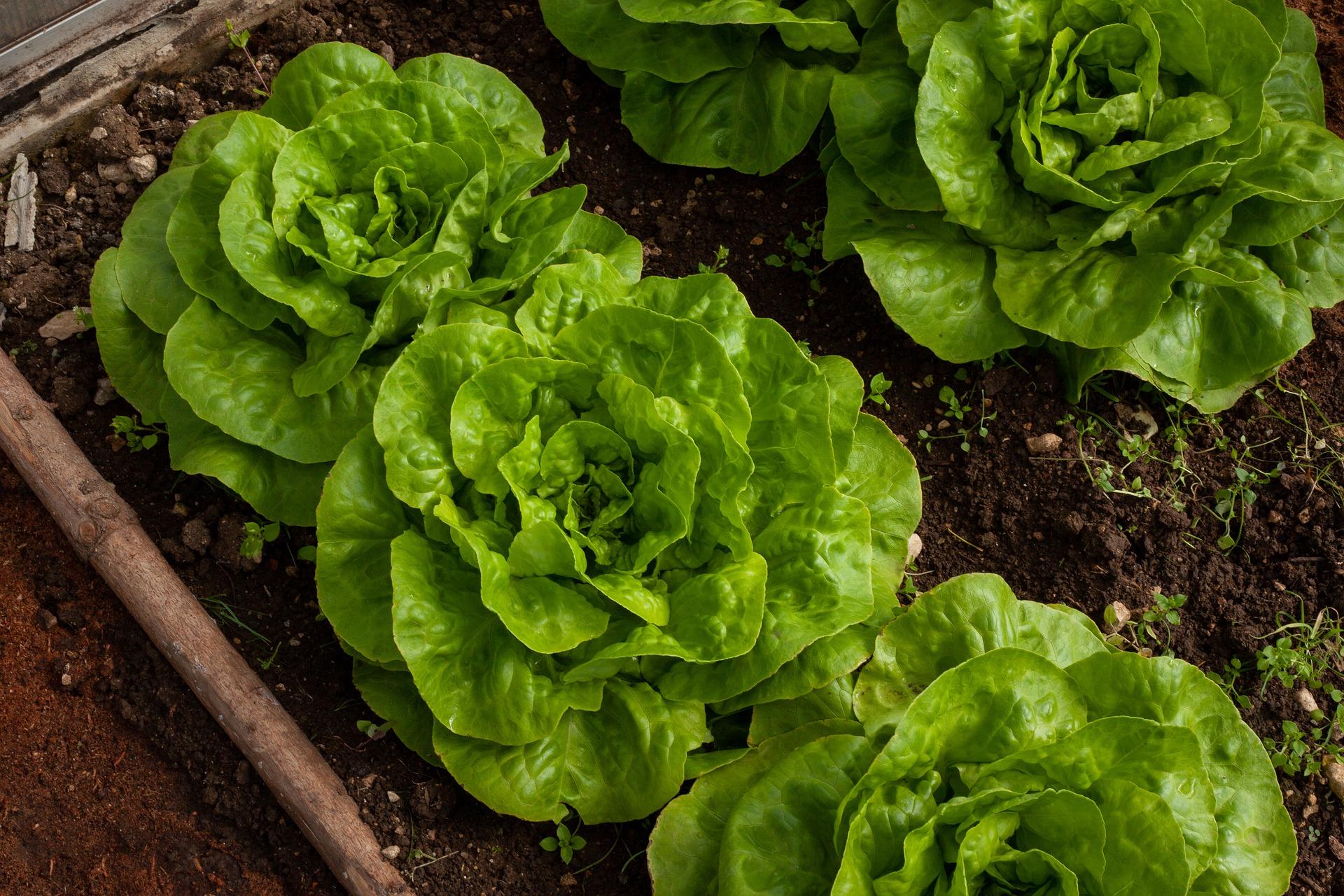
- Marigolds: Marigolds are another natural insect repellent that can help to keep pests away from your green beans. They also help to attract pollinators, which can help to improve the yield of your beans.

- Nasturtiums: Nasturtiums are another great companion plant for green beans. They help to attract beneficial insects, such as ladybugs, which eat aphids and other pests that can damage green beans. Nasturtiums also help to improve the soil quality.

- Peas: Peas and green beans are both legumes, which means that they fix nitrogen in the soil. This can benefit the growth of both plants. Peas also help to shade the roots of green beans, which can help to prevent them from drying out.
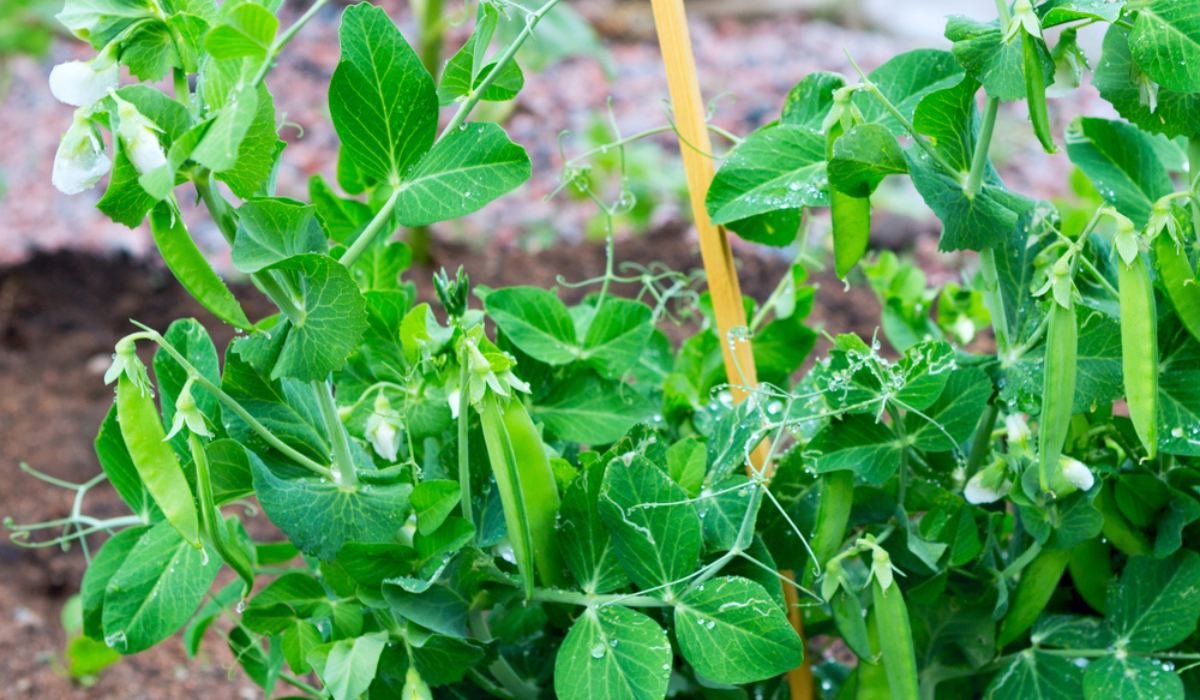
- Potatoes: Potatoes and green beans are both heavy feeders, so they benefit from being planted together. They also help to suppress weeds and improve the soil quality.

- Spinach: Spinach helps to suppress weeds and improve the soil quality. It also provides shade for the roots of green beans, which can help to prevent them from drying out.
In addition to these plants, there are a number of other companion plants that can be beneficial for green beans. Some of these include tomatoes, broccoli, cabbage, cauliflower, celery, kale, oregano, rosemary, and thyme.
When companion planting, it is important to consider the size and growth habit of the plants you are choosing. For example, you would not want to plant a tall, vining plant like pole beans next to a short, bushy plant like bush beans. The pole beans would shade out the bush beans and prevent them from getting enough sunlight.
It is also important to consider the cultural requirements of the plants you are choosing. For example, if you live in a hot climate, you would want to choose plants that are heat tolerant. If you have poor soil, you would want to choose plants that are not heavy feeders.
By following these tips, you can use companion planting to improve the growth and yield of your green beans.
Green beans are a delicious and versatile vegetable that can be enjoyed in many different ways. But did you know that companion planting can help you get the most out of your green bean crop?
Companion planting is the practice of planting certain plants together in order to benefit each other. Some plants, for example, can help to attract beneficial insects, deter pests, or improve the soil quality.
When it comes to green beans, there are a number of companion plants that can help to improve their growth and yield. Some of the best companion plants for green beans include:
- Corn: Corn provides shade for bush beans, which can help to prevent them from bolting.
- Cucumbers: Cucumbers and green beans both thrive in warm, humid weather, and they can help to suppress the growth of weeds.
- Marigolds: Marigolds help to repel pests such as aphids, beetles, and nematodes.
- Nasturtiums: Nasturtiums also help to repel pests, and they can also improve the nitrogen content of the soil.
- Potatoes: Potatoes and green beans help to repel each other's pests, so planting them together is a win-win situation.
If you're interested in learning more about companion planting for green beans, I recommend visiting Garden Wiki. This website has a wealth of information on the topic, including a list of the best companion plants for green beans, as well as tips on how to plant and care for them.
FAQ of companion planting for green beans
1. What are good companion plants for green beans?
Some of the best companion plants for green beans include:
- Basil: Basil helps to repel pests such as mosquitoes, flies, and aphids. It also attracts beneficial insects such as ladybugs and hoverflies, which help to control pests.
- Cabbage: Cabbage helps to suppress soil-borne diseases such as root rot and nematodes. It also provides shade for green beans, which can help to prevent sunscald.
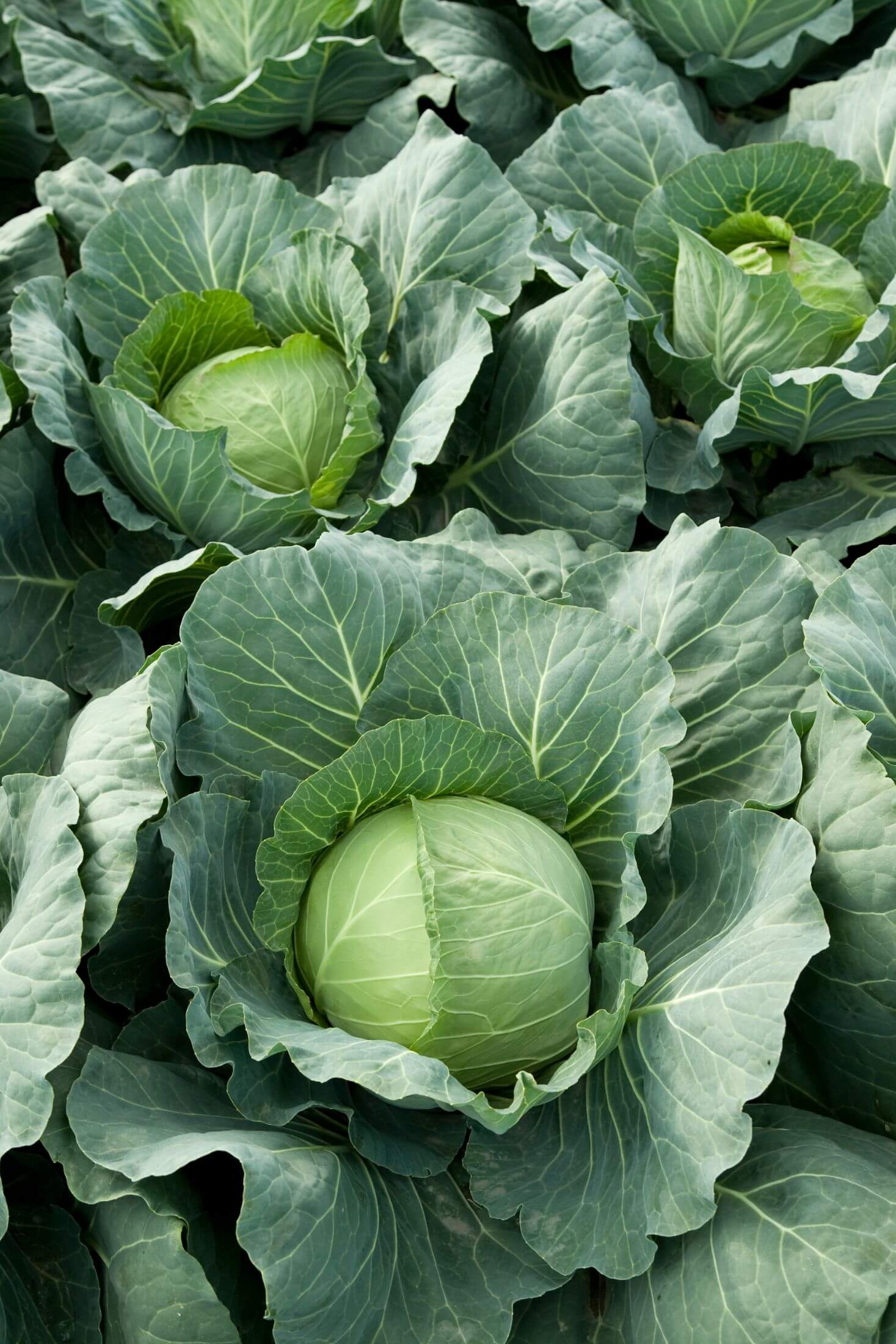
- Carrots: Carrots help to improve the drainage of soil, which can be beneficial for green beans. They also help to suppress the growth of weeds.

- Cauliflower: Cauliflower helps to attract beneficial insects such as ladybugs and lacewings, which help to control pests. It also helps to suppress the growth of powdery mildew.
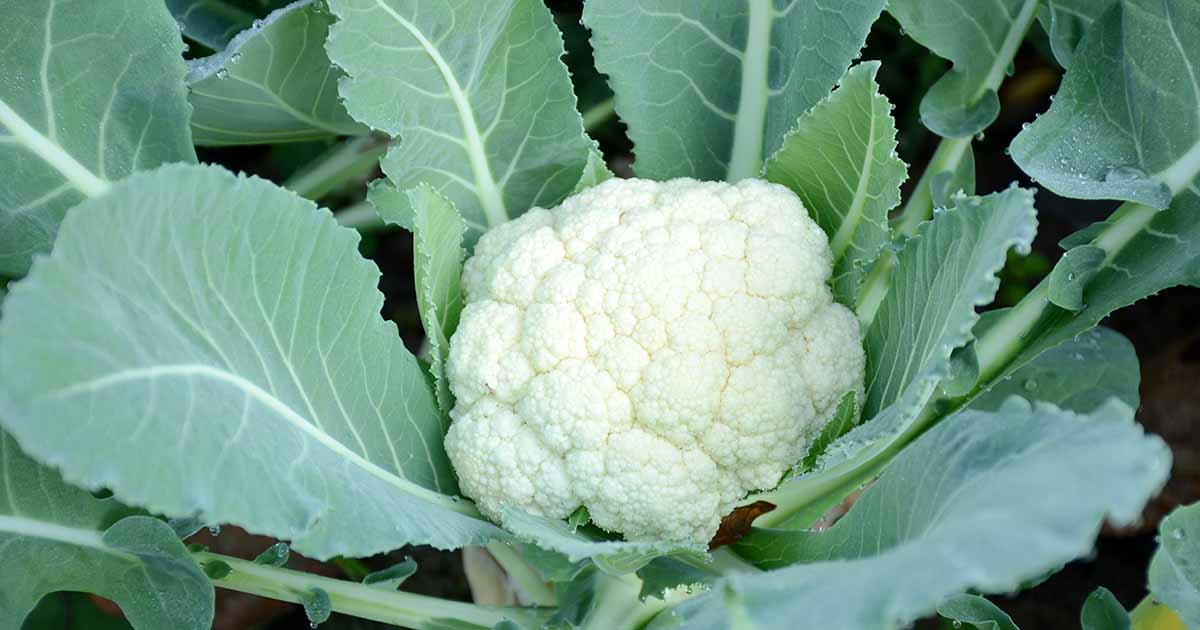
- Cilantro: Cilantro helps to repel pests such as aphids and whiteflies. It also helps to attract beneficial insects such as bees and butterflies, which help to pollinate plants.
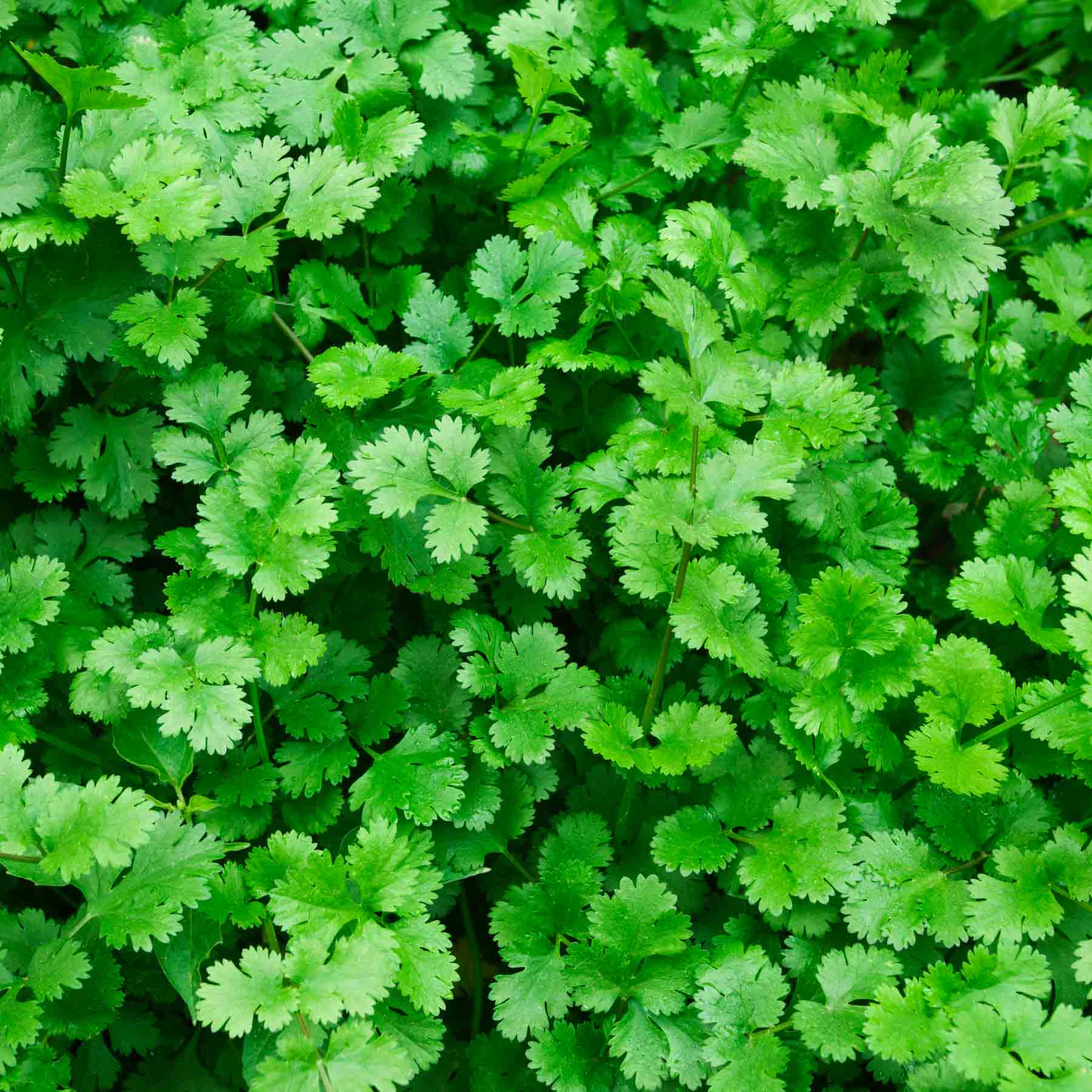
2. What plants should not be planted near green beans?
Some plants that should not be planted near green beans include:
- Melons: Melons and green beans compete for the same nutrients, so planting them together can lead to nutrient deficiencies.
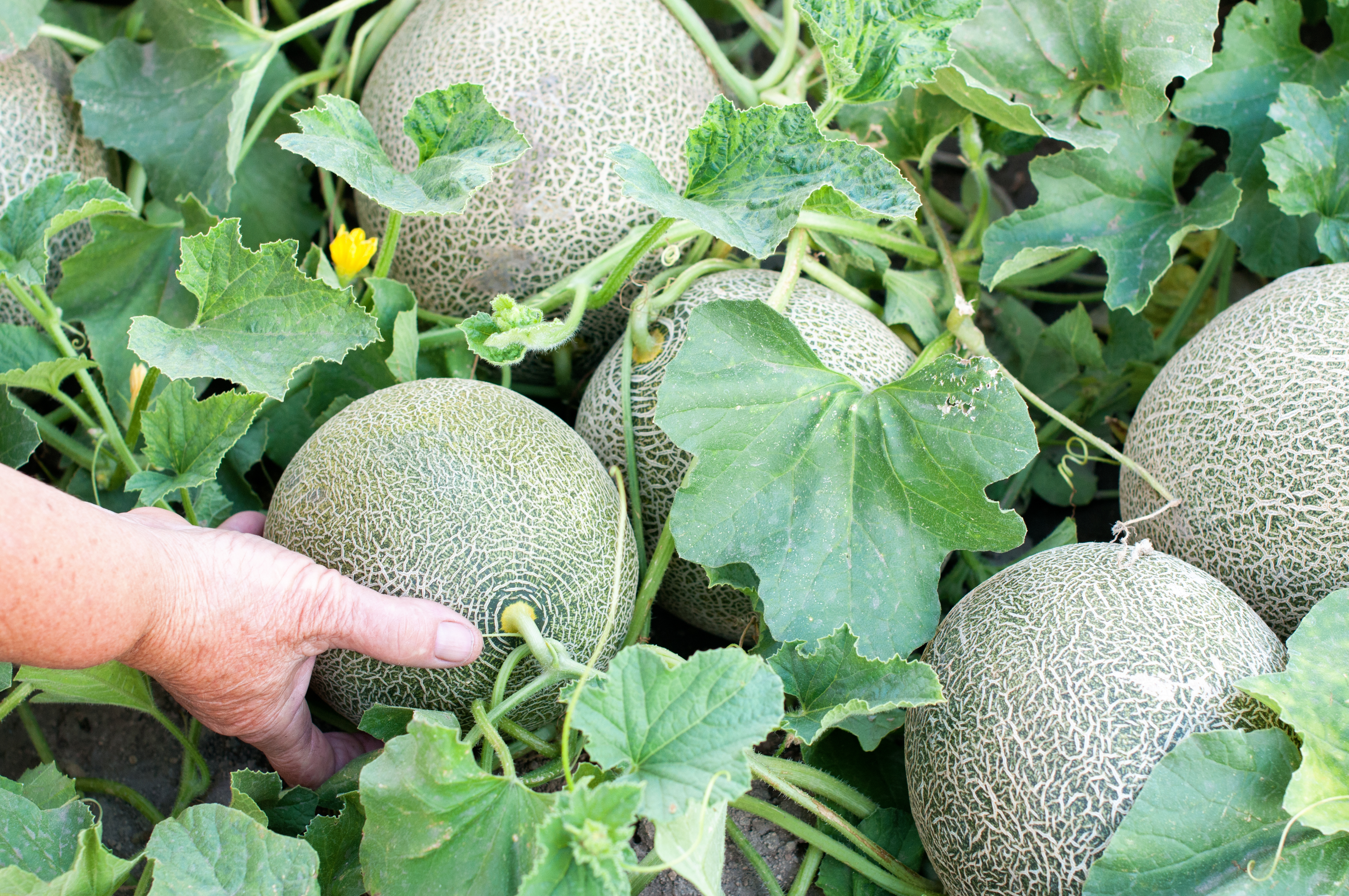
- Potatoes: Potatoes and green beans are both susceptible to the same diseases, so planting them together can increase the risk of disease spread.

- Sunflowers: Sunflowers can cast too much shade on green beans, which can stunt their growth.
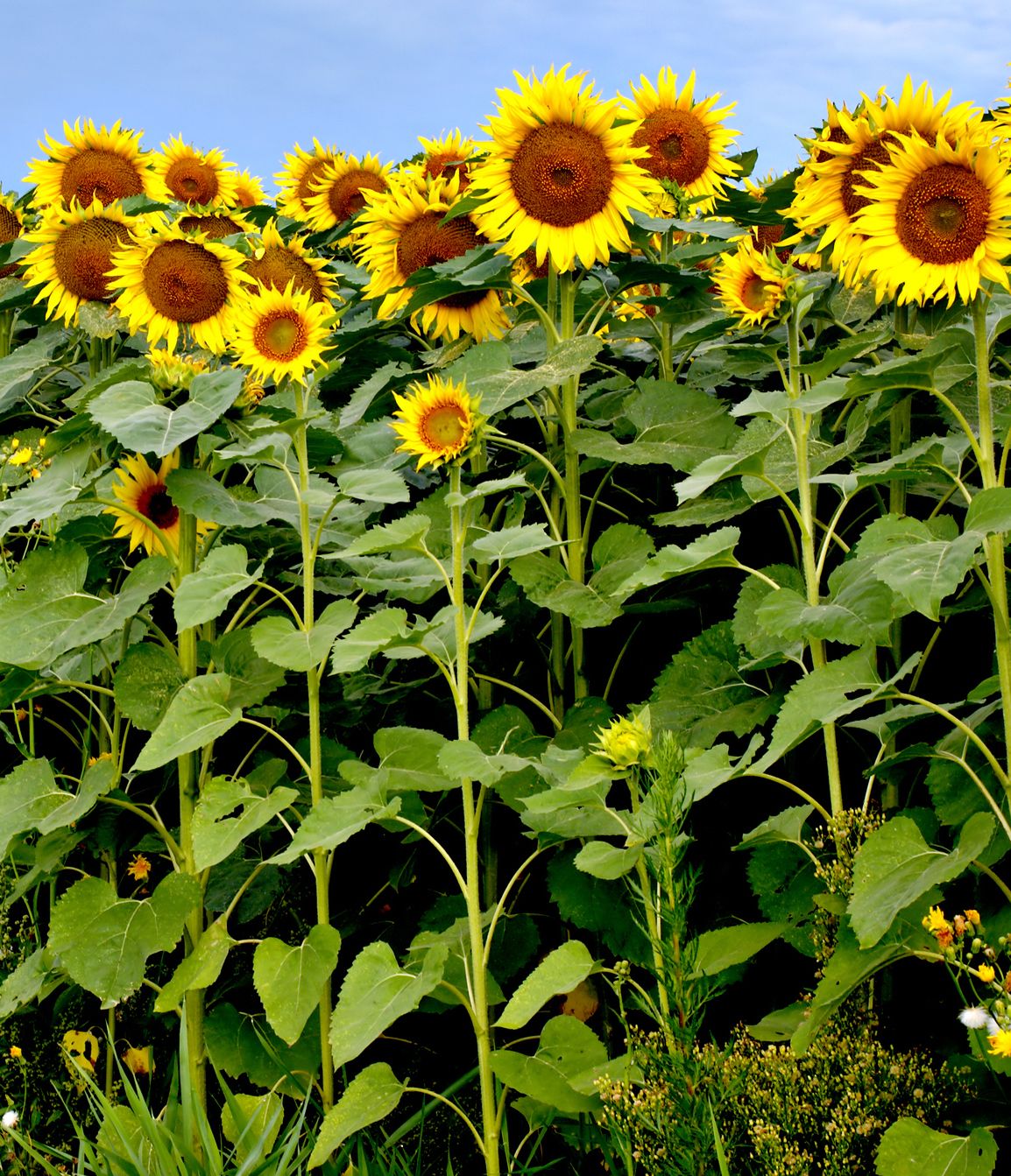
- Beetroot: Beetroot can attract the same pests as green beans, so planting them together can increase the risk of pest infestation.

- Chives: Chives can inhibit the growth of green beans.
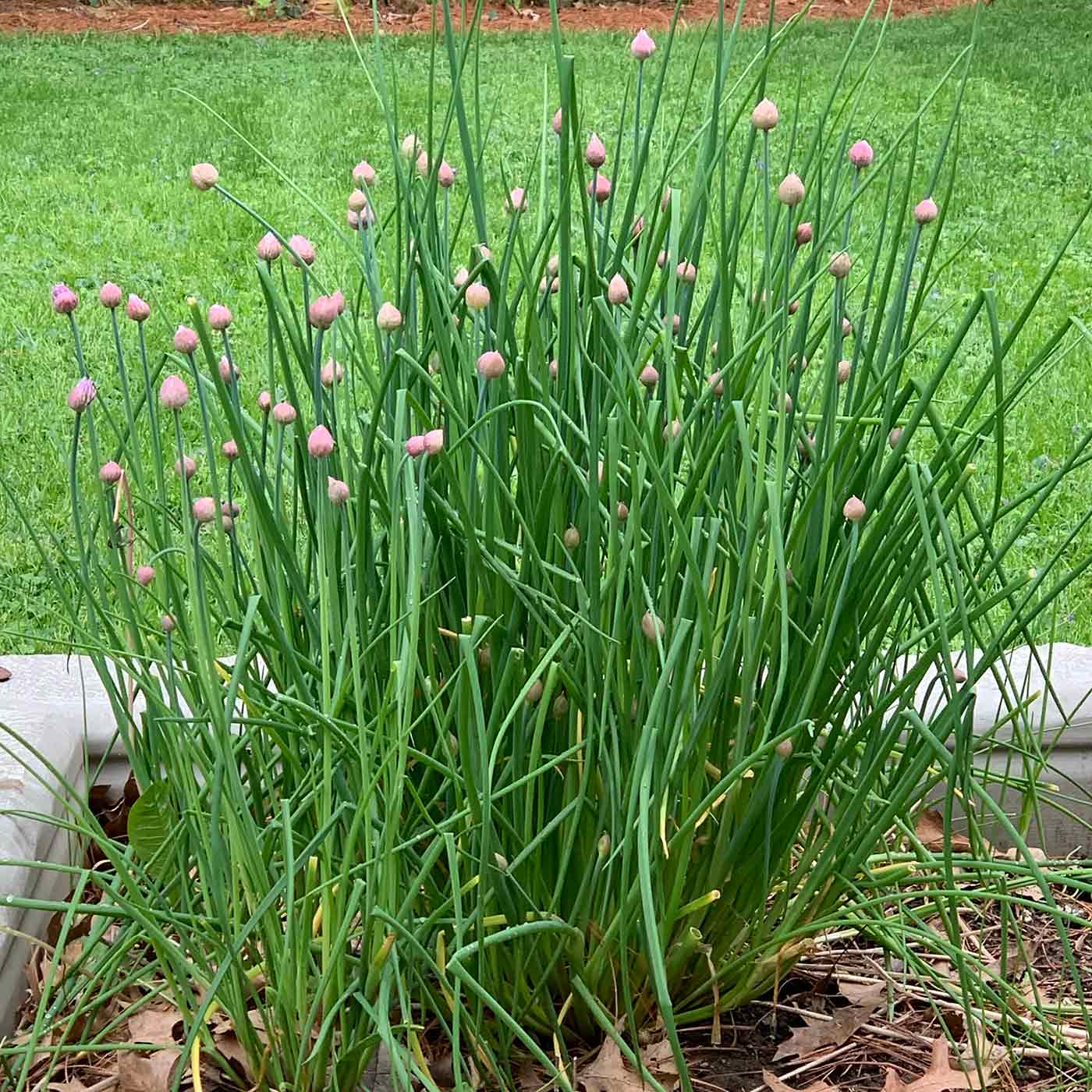
3. How do companion plants benefit each other?
Companion plants can benefit each other in a variety of ways, including:
- Attracting beneficial insects: Some companion plants attract beneficial insects, which help to control pests. For example, basil attracts ladybugs and hoverflies, which help to control aphids.
- Repelling pests: Some companion plants repel pests. For example, marigolds repel Mexican bean beetles.
- Providing shade: Some companion plants provide shade, which can be beneficial for plants that are sensitive to the sun. For example, cabbage can provide shade for green beans, which can help to prevent sunscald.
- Suppressing weeds: Some companion plants suppress the growth of weeds. For example, carrots help to suppress the growth of weeds.
- Improving soil quality: Some companion plants improve soil quality. For example, legumes such as green beans fix nitrogen in the soil, which can benefit other plants.
4. How far apart should companion plants be planted?
The distance between companion plants will vary depending on the size of the plants. For example, large plants such as corn should be planted at least 3 feet apart, while smaller plants such as basil can be planted closer together.
5. What are some other tips for companion planting with green beans?
Here are some other tips for companion planting with green beans:
- Plant companion plants in blocks or rows: This will help to create a more diverse and balanced ecosystem in your garden.
- Rotate your crops: This will help to prevent the build-up of pests and diseases.
- Mulch your garden: Mulch helps to suppress weeds and retain moisture, which can benefit both your green beans and their companion plants.
- Water your garden regularly: This is especially important during hot, dry weather.
- Inspect your plants regularly: This will help you to identify any pests or diseases early on, so that you can take action to control them.
Image of companion planting for green beans
- Carrots: Carrots help to repel the pests that often attack green beans, such as aphids and cabbage worms.
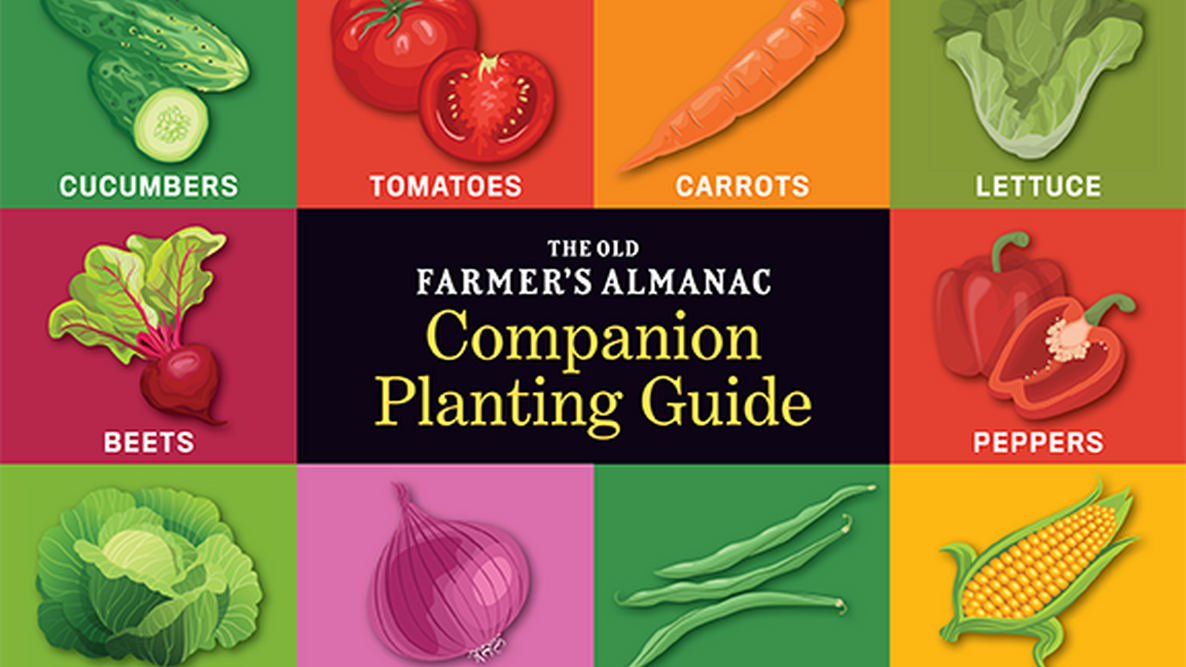
- Cucumbers: Cucumbers and green beans are both vining plants, so they can be planted together to save space in the garden. They also help to attract beneficial insects, such as ladybugs, which help to control pests.
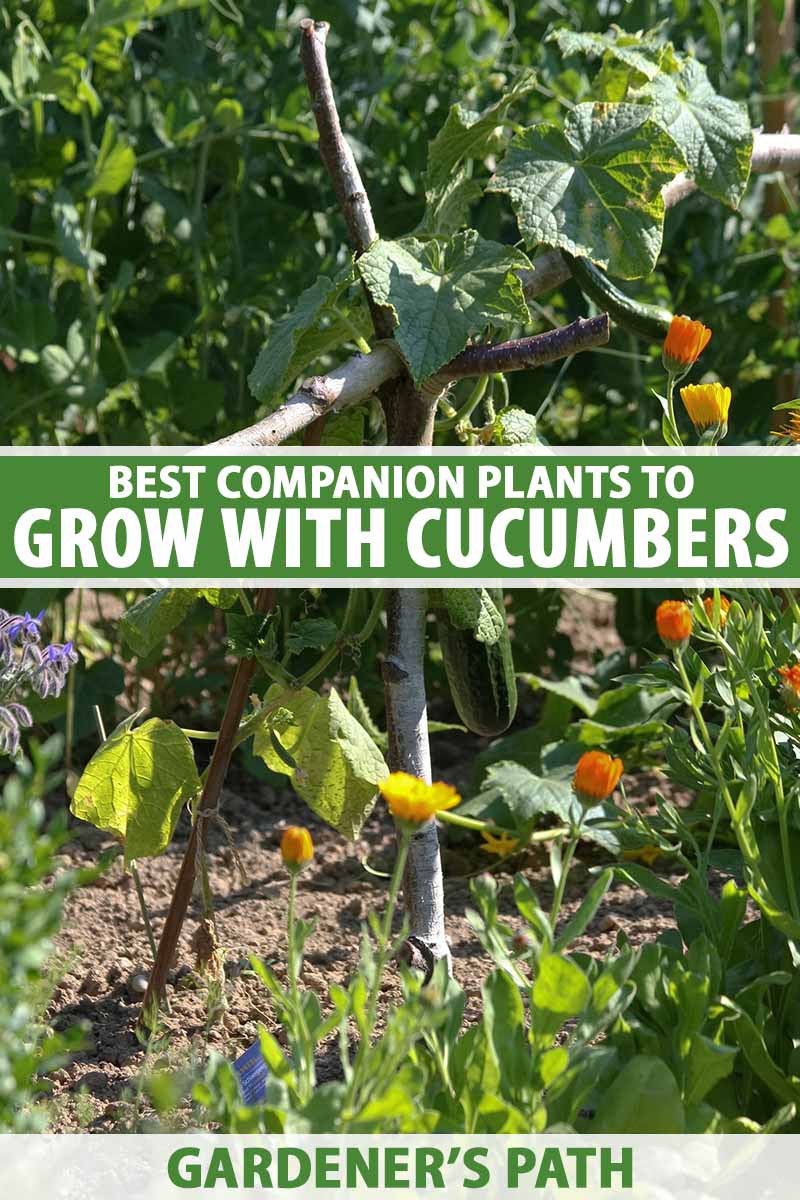
- Lettuce: Lettuce helps to suppress weeds and improve the soil quality for green beans. It also provides a good source of shade for the young green bean plants.
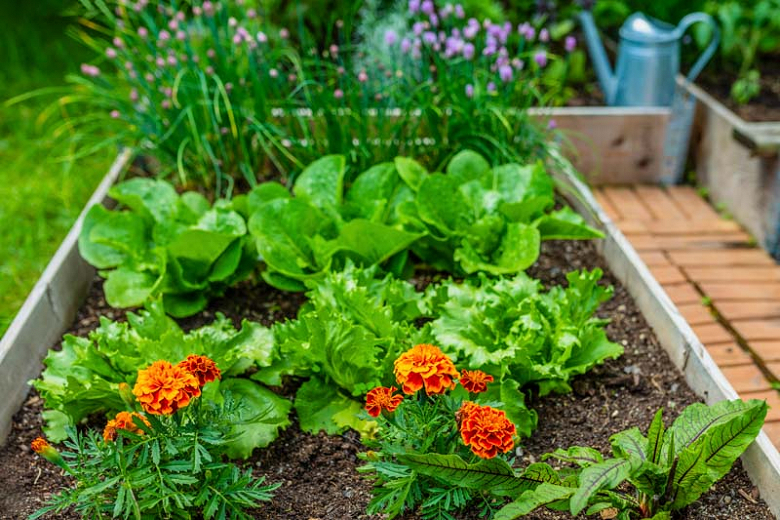
- Marigolds: Marigolds are known for their insect-repelling properties, so they can help to protect green beans from pests such as aphids and beetles.
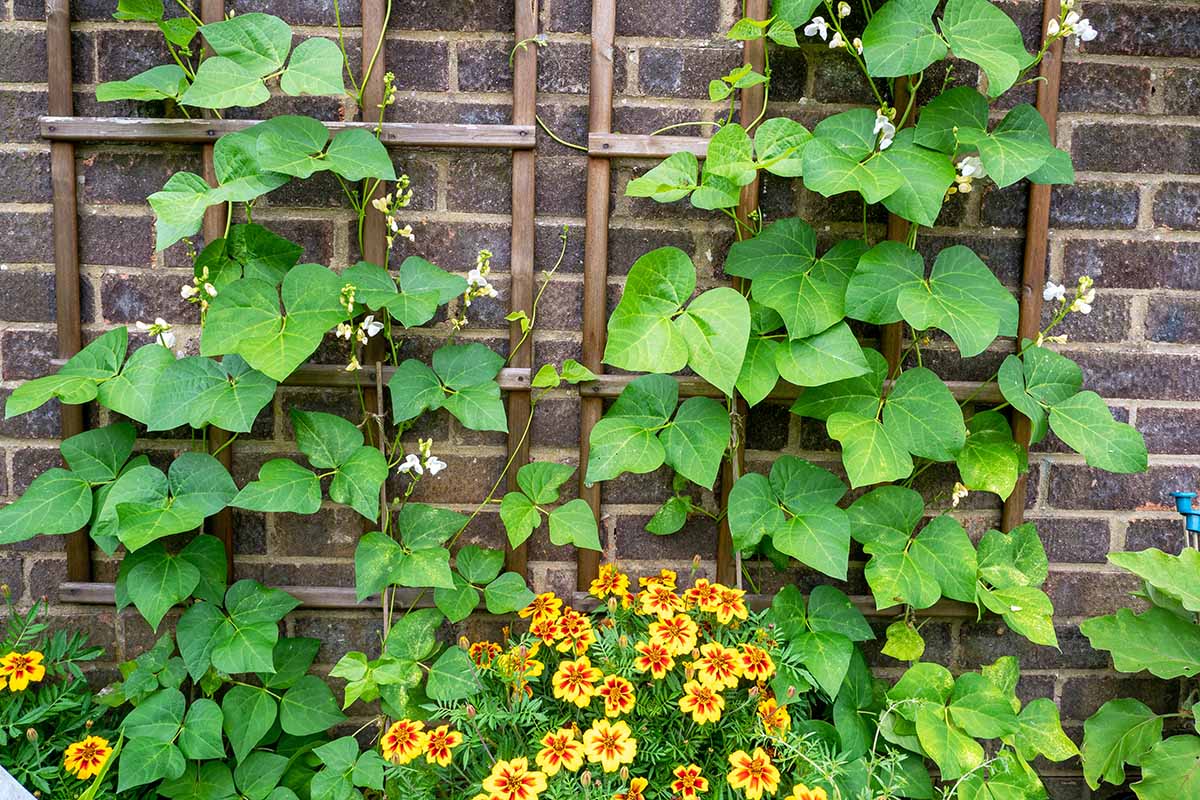
- Peas: Peas and green beans are both legumes, which means that they fix nitrogen in the soil. This can help to improve the soil quality for both plants.
Post a Comment for "The Ultimate Guide To Companion Planting For Green Beans"